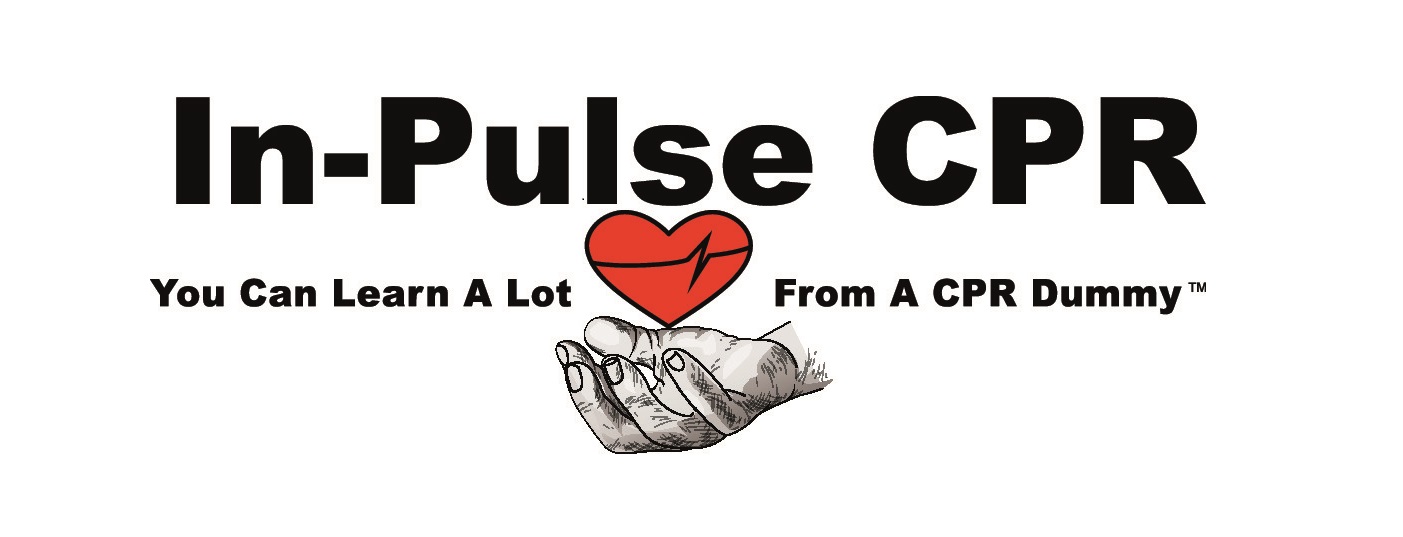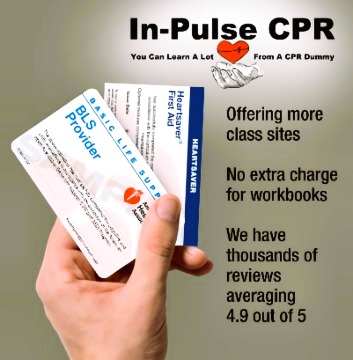New AHA CPR Recommendations
By Peter J Klotunowitch
A leading cause of death in the United States, cardiac arrest is caused when the heart suddenly stops, usually due to an electrical malfunction in the heart that causes an irregular heartbeat and disrupts blood flow through the body. Survival depends on immediate CPR and other actions starting with bystanders.
American Heart Association CPR Guidelines: quick action, more teamwork key to saving more lives
According to the American Heart Association’s 2015 Guidelines Update for Cardiopulmonary Resuscitation (CPR) and Emergency Cardiovascular Care (ECC), People should continue to jump in quickly to give CPR, using breaths if they’ve been trained in CPR and employing mobile technology to speed up the rescue of cardiac arrest victims.
“Everyone has a role to play in the chain of survival – from bystanders to dispatchers, emergency responders to healthcare providers,” said Dr. Mark A. Creager, president of the American Heart Association and professor of medicine at Geisel School of Medicine at Dartmouth and director of the Heart and Vascular Center at the Dartmouth-Hitchcock Medical Center in Lebanon, NH. “When everyone knows their role, knows CPR and works together, we can dramatically improve cardiac arrest victims’ chances of survival.”
The AHA guidelines, which are based off the latest resuscitation research, have been published since 1966 to provide science-based recommendations for treating cardiovascular emergencies – particularly cardiac arrest in adults, children, infants and newborns. This 2015 update confirms known CPR recommendations with several quality enhancements to help save even more lives, including a range for the rate and depth of chest compressions during CPR. The last update to the guidelines was in 2010.
Key points from the 2015 Guidelines Update provides bystanders, dispatchers and communities with practical guidance to improve the effectiveness of their teamwork:
Untrained bystanders should still call 911 and provide Hands-Only CPR, or CPR without breaths, pushing hard and fast in the center of the chest to the rate of 100-120 compressions per minute. However, if the bystander is trained in CPR and can perform breaths, he or she should add breaths in a 30:2 compressions-to-breaths ratio.
Bystanders should use mobile phones to immediately call 911 and the phones on speaker, so the dispatcher can help bystanders check the victim’s breath, get the precise location for EMS and provide instructions for performing CPR.
Community Dispatchers should be trained to help bystanders check for breathing and recognize cardiac arrest. Dispatchers should also be aware that brief generalized seizures may be an early sign of cardiac arrest.
Improving Healthcare’s Systems of Care
Inside hospitals, CPR training is foundational to the lifesaving care healthcare systems provide, considering about 200,000 cardiac arrests occur in hospitals annually. Yet, research shows resuscitation skills can decline within a few months – far before the two-year current evaluation standard. Frequent training ensures hospitals are continuously evaluating how to deliver patients the highest quality of emergency cardiovascular care.
“The 2015 update calls for integrated systems of care that participate in continuous quality improvement and that provide a common framework for both community and healthcare-based resuscitation systems,” said Clifton Callaway, M.D., Ph.D., chair of the AHA’s Emergency Cardiovascular Care committee and professor of emergency medicine at the University of Pittsburgh. “We must create a culture of action that benefits the entire community in which it operates, inside and outside the hospital setting.”
This year’s update provides recommendations on the data where new evidence requires a systematic review, in part, due to a network of trainers who regularly implement the CPR guidelines and rely on the science to inform the most effective care.




